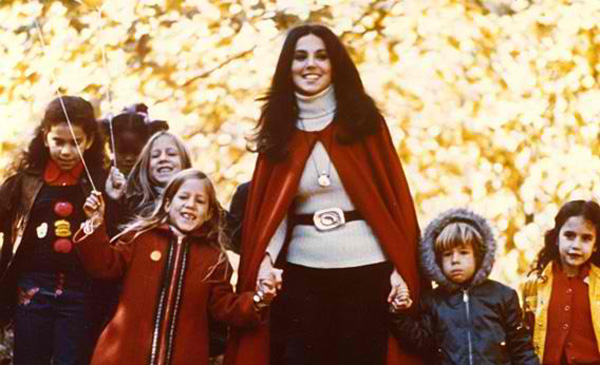 Forty years ago, "Free to Be...You and Me" was released. The children’s platinum-winning record (remember those?) and book was created to expel gender and racial stereotypes of the era. Marlo Thomas described why she created the collaborative classic:
Forty years ago, "Free to Be...You and Me" was released. The children’s platinum-winning record (remember those?) and book was created to expel gender and racial stereotypes of the era. Marlo Thomas described why she created the collaborative classic:
“Our mission was simple: to convince children that their dreams were not only boundless, but achievable.”
Free To Be was wedged between school and my not-so "That Girl" work life. I took notice of Marlo fanning the feminist flame because as a teacher of young children, I was becoming well acquainted with the Free To Be demographic.

When I was studying to be a teacher in the '70's, I wrote a paper based on a passage in the Dr. Seuss book, And To Think I Saw It On Mulberry Street. My feminism was in full bloom, and my professor scrolled across the top of the paper in red marker, "a provocative title." I titled the paper, "Dr. Seuss Is A Sexist." Braless, long-haired, Earth Shoe wearing young women from Long Island were weaned on the good Doctor, and I was shocked when I unearthed so many perpetuated stereotypes...like this one:
"Say - anyone could think of that. Jack or Fred or Nat Say - even Jane could think of that."
Of course, despite being caught up in the sexist rhyme of the time, I loved, and still love Dr. Seuss. He mastered the art of empowering confident children. So throwing the baby out with the bathwater was a futile, but informative exercise because noticing pushes the needle in the right direction.
Realizing the power of the potential of children is something we must continue to value and nurture. The reality of our children and their children's future will require them to muster up an activism that can only come from being educated and engaged citizens.
Kurt Vonnegut may have touched the future when he wrote in the afterword for the Free To Be book,
"I've often thought there ought to be a manual to hand to little kids, telling them what kind of planet they're on, why they don't fall off it, how to avoid poison ivy, and so on."
